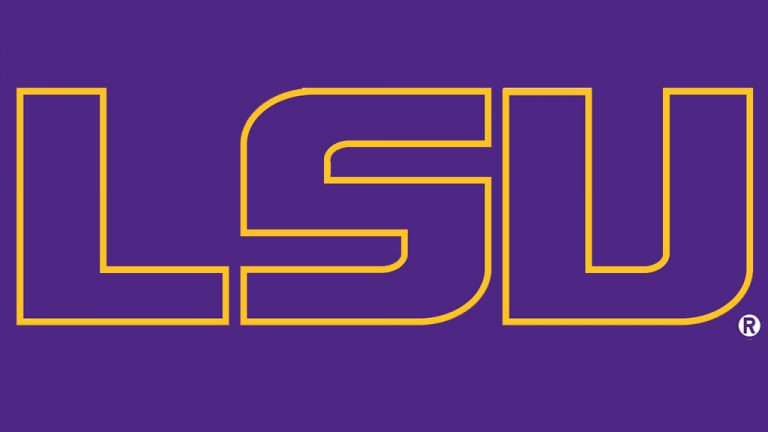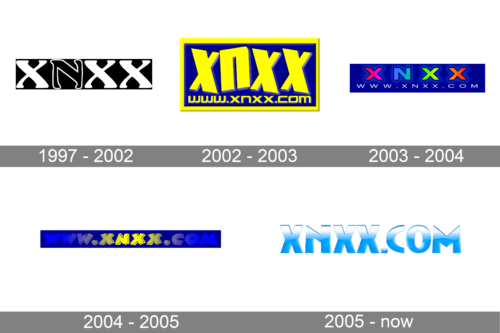
- Version
- Download 70
- File Size 18.32 KB
- File Count 1
- Create Date November 17, 2024
- Last Updated November 17, 2024
Louisiana State University's (LSU) football program, known as the LSU Tigers or the Fighting Tigers, is one of the most prestigious in college football. The LSU logo has evolved over time to reflect the university’s growth, and it has become an iconic symbol of the Tigers' spirit and history.
The LSU Logo Story: A Symbol of Tradition and Strength
LSU's football program has a rich history, and its logo has gone through several redesigns since its inception in 1955. From a playful tiger portrait to a modern and confident logotype, the LSU logo encapsulates the team's progress while maintaining its core values of excellence and strength.
LSU Logo History
1955 – 1967: The First LSU Logo
The first LSU logo was introduced in 1955 and featured a bright, playful portrait of a tiger wearing a small hat with “LSU” written on it. The color palette of yellow and purple was chosen for its energetic and joyful vibe, and this combination remains central to LSU’s identity today.
1967 – 1972: A Stronger, More Detailed Tiger
In 1967, the logo was redesigned to feature a more realistic and detailed image of a tiger. This updated emblem placed the tiger’s portrait above a bold wordmark, giving the logo a stronger and more professional appearance that reflected the team’s fighting spirit.
1972 – 1980: Simplifying the Design
By 1972, LSU simplified the logo further to focus solely on the tiger’s portrait. The fierce, open-mouthed tiger evoked the image of an animal ready to conquer, aligning with the team's determined and aggressive attitude.
1980 – 1990: Bold and Modern
In 1980, LSU introduced a new color palette of yellow and black, creating a bold and modern look. The tiger’s head was placed above the "LSU" lettering, with "Tigers" written in white across the bottom. This version was dynamic and powerful, signaling the team’s evolving identity.
1990 – 2002: A Geometric Shift
In the 1990s, the LSU logo underwent another change, moving to a more geometric design. The upper part of the logo featured “LSU” in a bold, light purple, geometric sans-serif font, while the lower portion showed “Tigers” in cursive yellow lettering. This version remained in use for over a decade, solidifying its place in LSU’s visual history.
2002 – 2007: The Tiger Returns
In 2002, the tiger’s image returned to the logo, redrawn in a more modern style. The tiger’s head was placed above the wordmark "LSU," set against a purple background with two sharp lines extending to the right. “Tigers” was written in white on a black banner beneath the main emblem, adding a sense of structure and formality.
2007 – 2014: Refining the Design
The 2007 version of the logo featured a cleaner design with the tiger’s head placed on a white background, outlined in black, above the bold purple “LSU” wordmark. The updated design felt more contemporary, with a smooth yet solid font choice and a more cohesive look.
2014 – Today: The Modern LSU Logo
In 2014, LSU simplified its logo to just the bold purple "LSU" wordmark with a yellow outline. The letters were slightly thickened to enhance strength and presence, reflecting the fighting spirit of the Tigers. This streamlined design has remained in use and continues to represent LSU with pride and confidence.
LSU Logo Font and Color Palette
The LSU logo uses a custom sans-serif font known as Geaux Extended, which features futuristic contours. The font gives the logo a clean, modern feel with unique angles and extensions. The color palette for LSU is based on purple and gold, with the official purple color being Pantone PMS 268C and the gold as Pantone PMS 123C. These colors represent wisdom, creativity, and success, making them ideal for a university and sports program of LSU’s caliber.
| File | Action |
|---|---|
| LSU-baseball-logo-768x432.jpg | Download |








